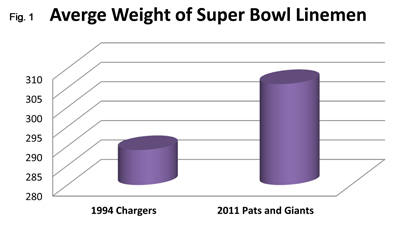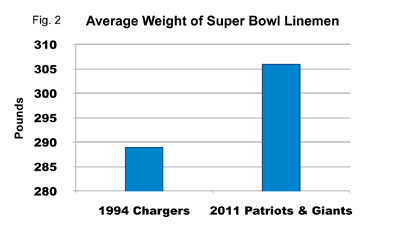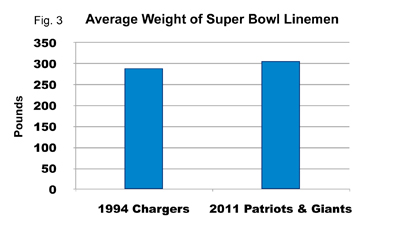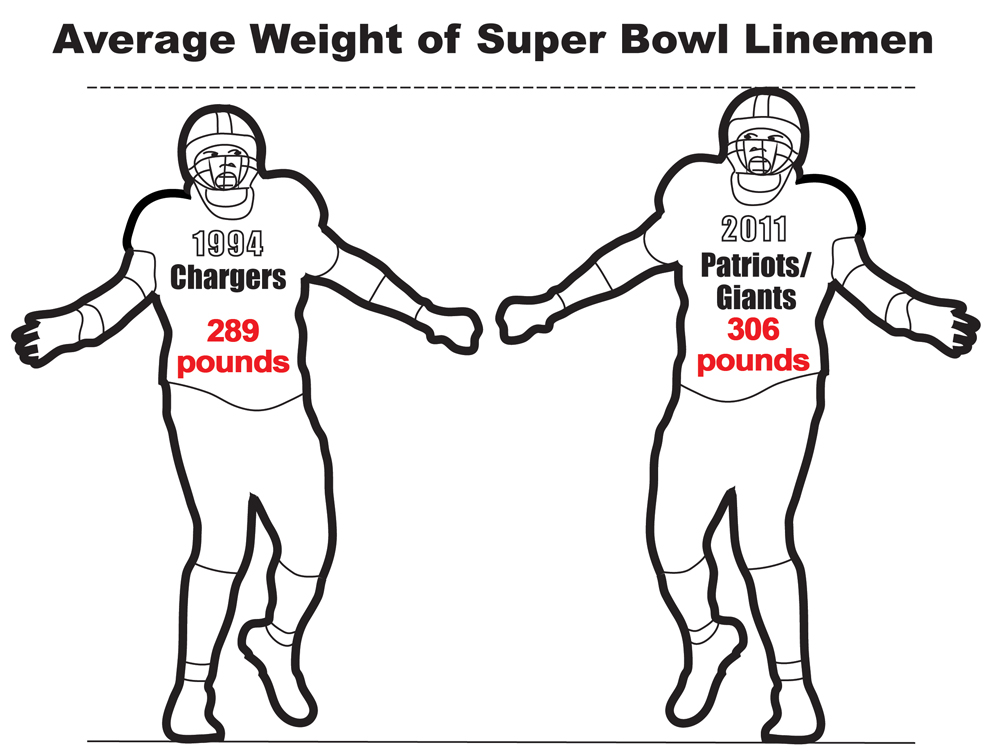Today I watched a sharp-shinned hawk fly low over a field toward a lightpole on the far side.
Instead of flying to the pole’s peak, the hawk stops beating its wings 20 yards away. Spread wide and tilted back, the wings act like a kite to convert the hawk’s forward momentum into lift. With no further expenditure of energy, the hawk rises quickly from its flying height of 10 feet to 40 feet. It settles on the top of the pole as gently as dust, proof of the precision of its calculation.
How did this mere bird learn the principles of aero-dynamics behind that maneuver? Experience, of course, but experience guided by considerable intelligence.
Here’s another example: A dog retrieves a stick longer than itself by biting it in the middle. The heavier end drags awkwardly on the ground, however, making it hard to carry. Without hesitation, the dog shifts its jaws inch by inch toward the heavier end of the stick until it reaches a balance point. Problem solved.
Can we speak of these animals as having a knowledge of physics? Or is the ability to do the least amount of work mindlessly innate?
At any rate, we’re fooling ourselves if we think that humans are uniquely lazy. Or even very good at it.
On the contrary, we clearly don’t have enough sense to prefer the most efficient course of action. For example, considering our invention of bureaucracy, we might be the only species that makes more work for itself than is necessary.





